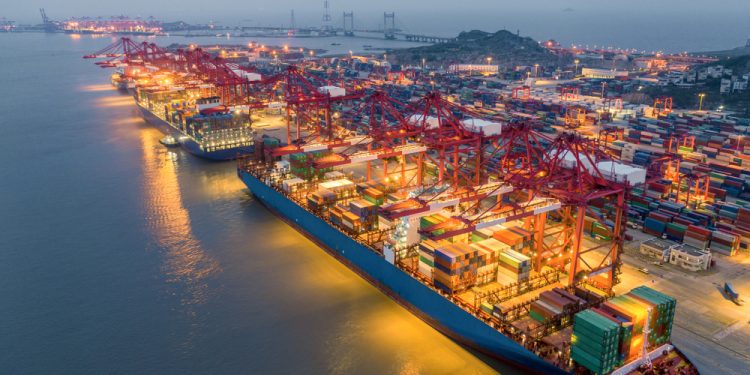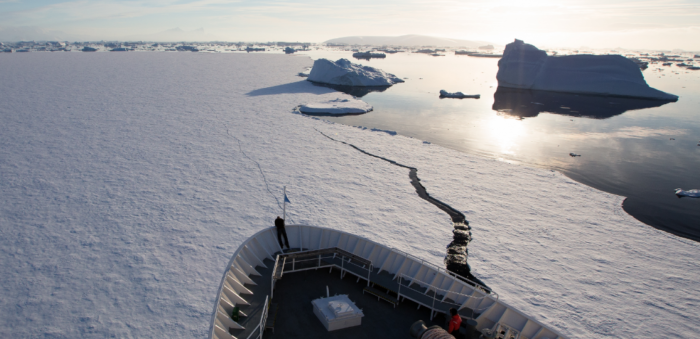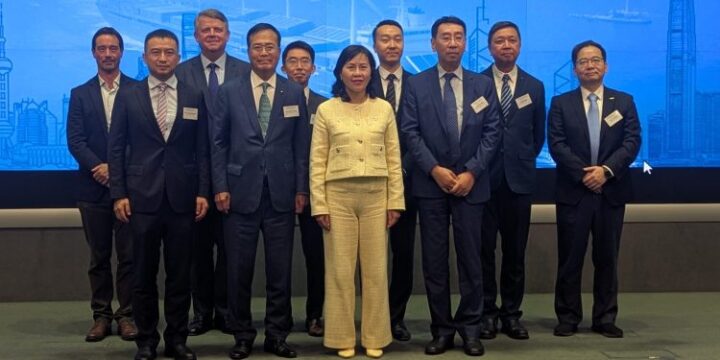June 26, 2025

On June 19, 2025, the Port of Shanghai hosted the world’s first ship-to-ship (STS) transfer of liquefied CO₂ captured directly from a containership.
Evergreen’s Ever Top, a 13,800 TEU vessel retrofitted in 2024 with a carbon capture system, transferred CO₂ to the barge Dejin while docked at Yangshan Deepwater Port’s Shengdong Terminal. Developed by the Shanghai Marine Diesel Engine Research Institute under China State Shipbuilding Corporation (CSSC), the onboard carbon capture and storage (OCCS) system can reportedly trap over 80% of the ship’s CO₂ emissions at 99.9% purity.
The new STS approach offers greater efficiency and flexibility, bypassing the need for fixed port infrastructure and enabling direct transfer at sea or near ports.
Officials emphasized that STS transfer is not only more practical but also significantly cheaper, with a single CO₂ barge capable of handling vastly more volume than land-based solutions.
To remind, as DNV had found in its “The potential of onboard carbon capture in shipping” report, the uptake of onboard carbon capture technologies will need to be linked to the development of the wider CCUS value chain. Large onshore CO2 emitters, such as industries that consume fossil energy or produce CO2 as a by-product of their production processes (e.g., steel, cement, and fertilizers), drive the need for developing this logistics chain, as the volume from single onshore emitters is much larger than from an individual ship.

